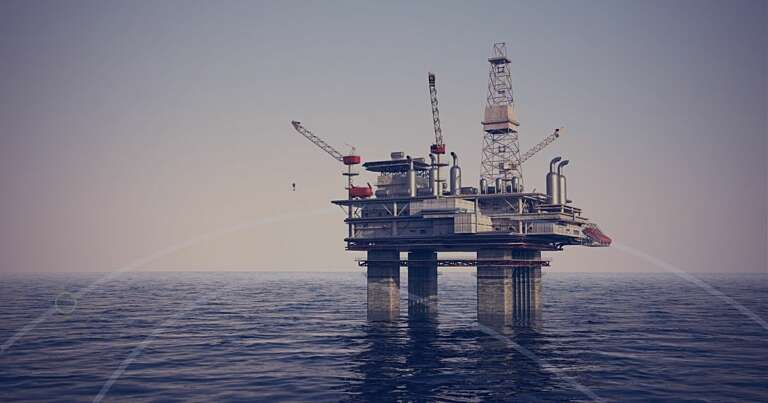Cheron, Shell Back GHGSat Research Project to Measure Methane Emissions

A GHGSat project will measure methane emissions from offshore oil rigs. Photo: GHGSat
GHGSat has revealed details of a new research project that will assess the feasibility of its high-resolution, space-based methane monitoring technology to measure emissions from offshore oil and gas platforms. The company is being supported by Chevron, Shell, and TotalEnergies in this project, which aims to demonstrate high-resolution satellite-based monitoring of anthropogenic methane (CH4) emissions at sea. GHGSat claims this project is the first of its kind.
GHGSat has been using high-resolution satellites to measure CH4 emissions since 2016. The company’s infrared sensor is able to identify the “signature” created by methane as it absorbs sunlight bouncing back off the surface of the Earth. As water absorbs sunlight when viewed directly from above, GHGSat will take measurements at more acute angles, positioning the spacecraft’s sensor so it focuses on the point where the sun’s light reflects most strongly off the sea.
Nearly 30% of global oil and gas production takes place offshore, and GHGSat believes satellites hold the key to verifying emissions from oil rigs. The company will be testing a technique developed by NASA, among others, and proven in fields such as ocean height and ice-thickness measurement.
“This is a GHGSat research project but one driven by customer demand. Offshore producers are looking for ways to confirm their reported emissions. With this new research, we hope to show that space can provide the data they need, in a timely, reliable, and cost-effective way,” Stephane Germain, CEO of GHGSat said in a statement.